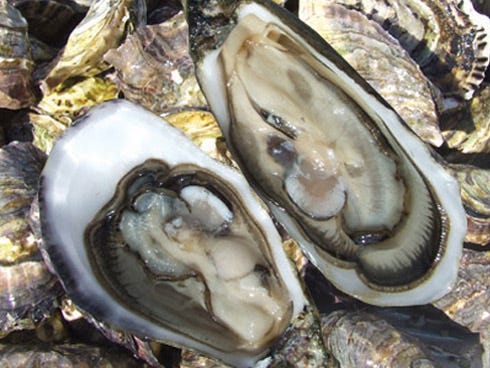
In September, Jack Payne, University of Florida senior vice president for Agriculture and Natural Resources, announced the UF Oyster Recovery Task Force’s formation.
This group, now called the UF Oyster Recovery Team, includes scientists, industries and public health representatives whose initial task was to study oysters’ decline. They would look at the issue from all aspects to find cause for the oyster die-off.
It became clear that a catastrophic event didn’t cause the decline. Rather, it seems multiple environmental factors are at play.
Eastern oysters are a staple to our bay’s health and wellness. These hearty organisms tolerate a range of salinity conditions, from fresh to full-strength seawater. However, they are most “happy” when living in brackish water (a mixture of fresh and salt water). Considered biofilters, oysters can filter up to 24 gallons of water per day. They help to control algal blooms, lower suspended sediment, silt and nutrients and improve water quality and clarity.
Oysters also provide critical food and habitats where they grow, creating reefs that are homes to many fish and invertebrate species in the estuary.
Historically, oysters harvested from Apalachicola Bay represent 10 percent of the U.S. oyster harvest and about 90 percent of Florida’s harvest. This oyster fishery is a Florida icon and many jobs depend on this industry.
The future is uncertain.
However, team members hope that by working together, oyster resources will rebound and a sustainable oyster management plan will help prevent future fishery collapses like the one that has just occurred.
See http://franklin.ifas.ufl.edu/ for updates on the University of Florida Oyster Recovery Team’s efforts. Email bsaari@ufl.edu or call 689-5850 for more information on marine science and natural resources information.
Brooke Saari is a Sea Grant Marine Science and Natural Resources agent at UF/IFAS Extension-Okaloosa County in Crestview.
This article originally appeared on Crestview News Bulletin: EXTENSION CONNECTION: Task force studies oyster decline
